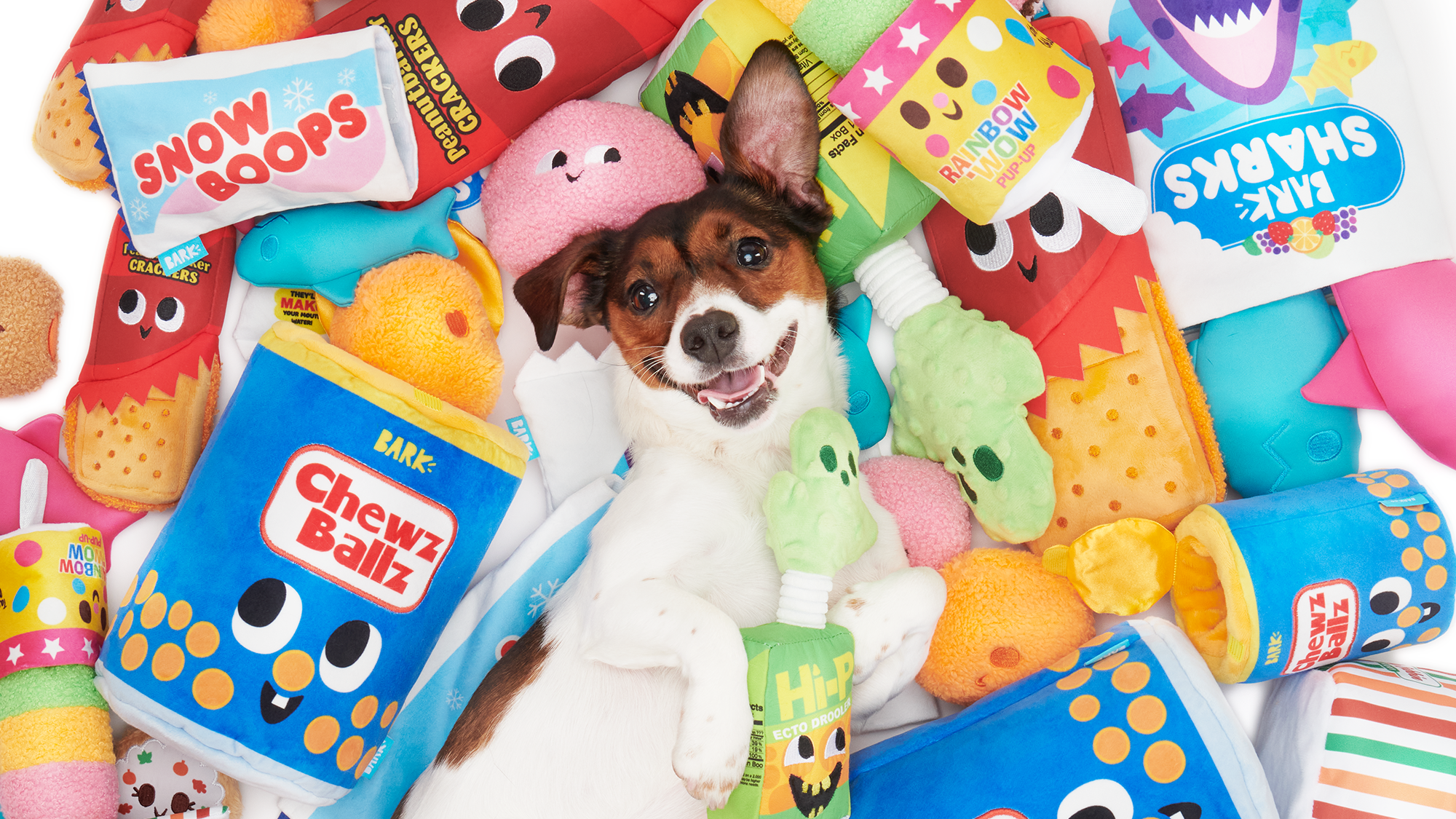20 everyday items that are dangerous to pets
Learn how to protect them from these everyday hidden household hazards
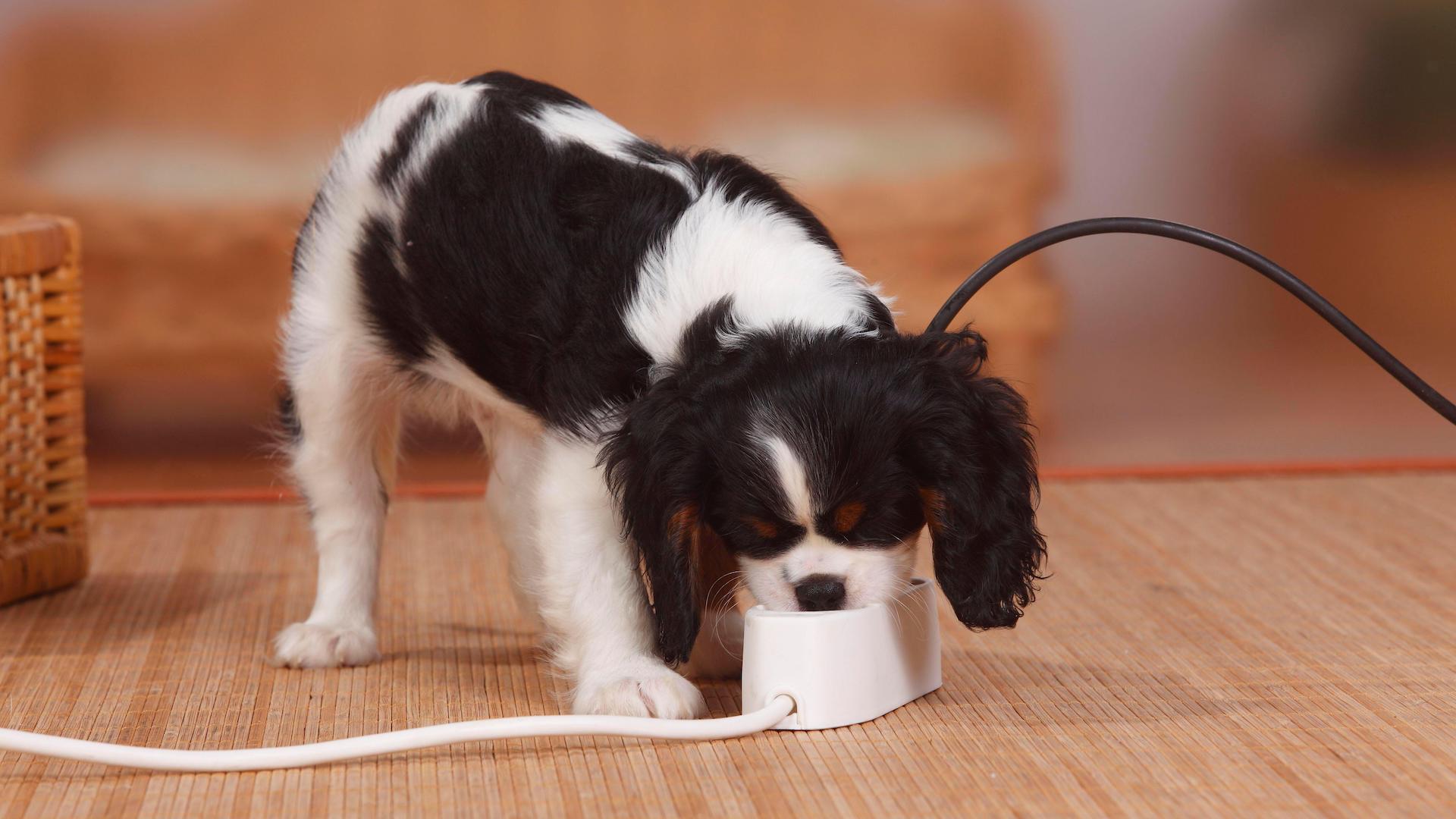
Want to rid your home of items that are dangerous to pets? Keep reading. Our homes are meant to be safe havens – for us and our pets. But many everyday items we don’t give a second thought can pose serious dangers to our furry companions.
From foods we snack on to common cleaning supplies, the average household is full of potential hazards that could cause anything from mild tummy issues to life-threatening emergencies for dogs, cats, and other pets. Many common ingredients for humans are foods that pets should never eat.
Whether you’re a first-time pet parent or a seasoned animal lover, it’s easy to overlook the everyday objects that could spell trouble for your four-legged friend. Here we highlight some of the most common household items that are toxic or dangerous to pets, so you can keep them out of paws’ reach.
Items dangerous to pets
1. Chocolate
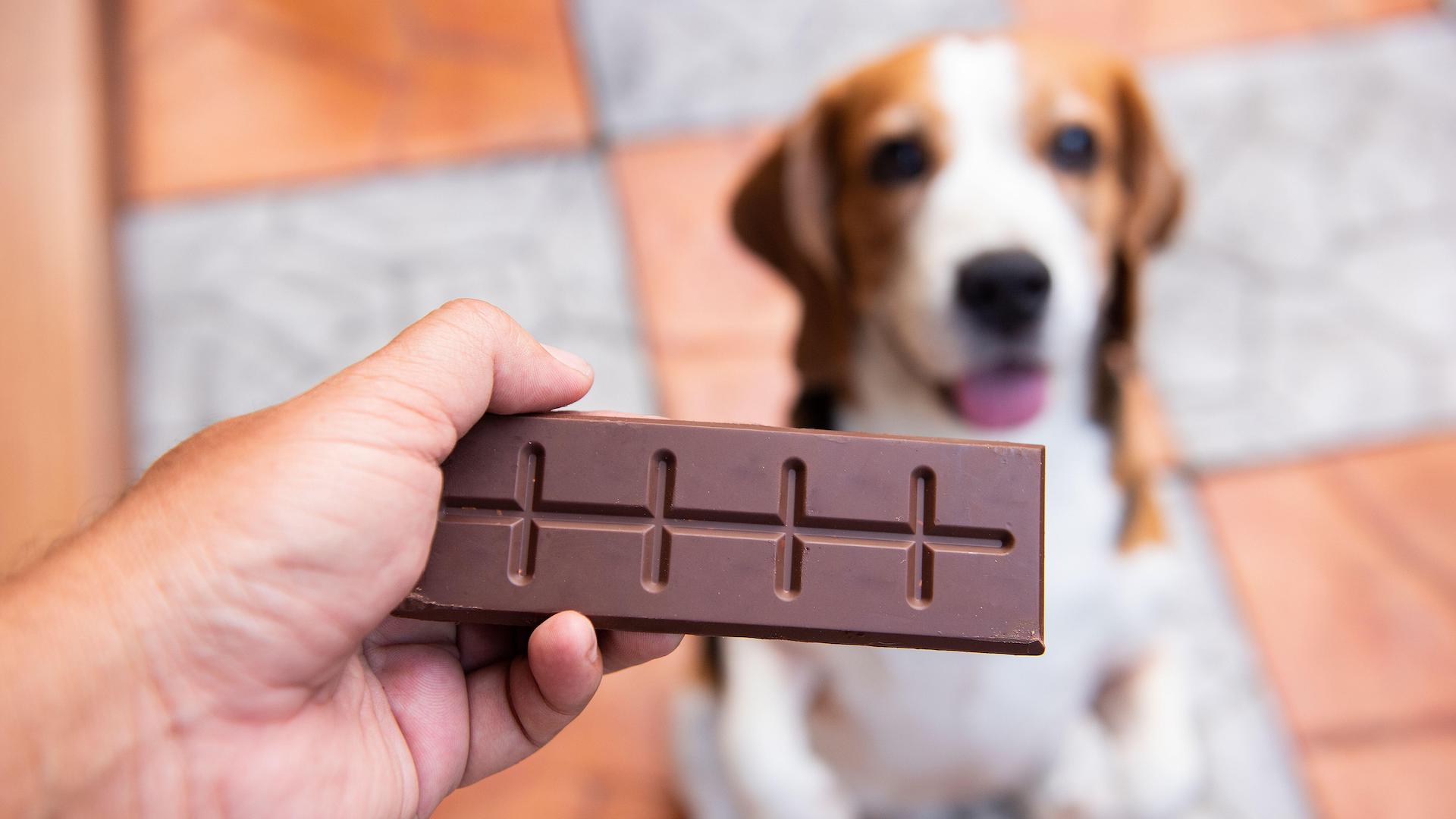
Chocolate is poisonous to many pets, and especially dogs. It contains stimulants and chemicals such as caffeine and theobromine, which can affect the nervous system, heart, and digestive tract.
The size and type of animal will affect how much chocolate can be tolerated, but if they have ingested even small amounts, you should seek immediate veterinary attention. Dark chocolate is even worse than milk and white, due to its higher concentration of toxic ingredients.
2. Antifreeze

Of course you wouldn’t feed your pet antifreeze! However, it’s crucial to store antifreeze in an inaccessible place as it is highly toxic, and even tiny amounts can quickly prove fatal.
The major constituent is ethylene glycol which has a syrupy consistency and sweet taste – unfortunately some pets find it tasty if it’s left out.
Get the best advice, tips and top tech for your beloved Pets
3. Grapes and raisins
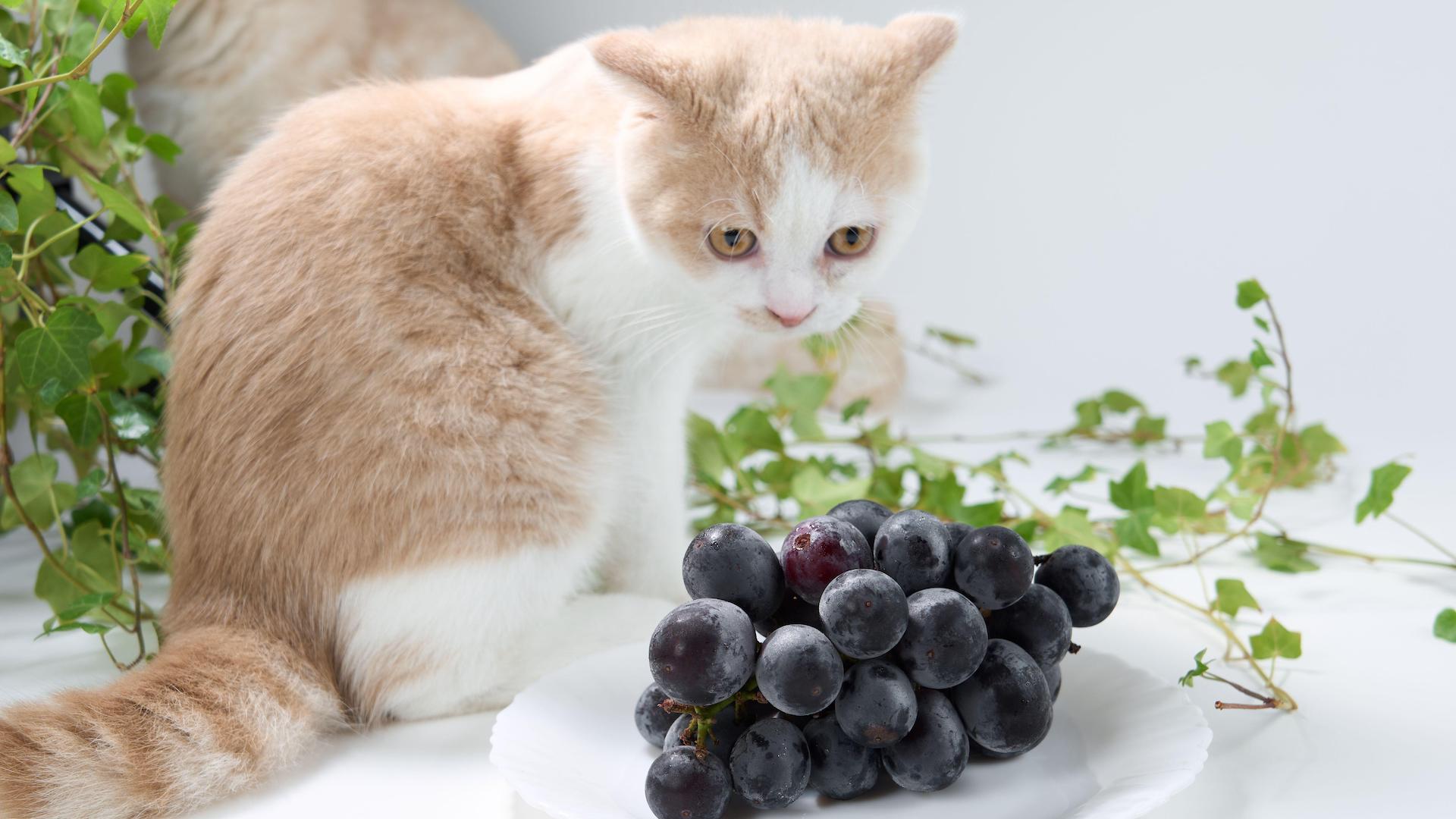
All types of grapes – whatever the variety, color, and form (for instance, raisins) – are toxic to dogs and cats. Eating them can lead to kidney failure, a life-threatening condition.
The extent to which a pet may be affected depends on one individual to another, but it is recommended to seek veterinary attention if your pet has eaten just one grape.
4. Tulips

Tulips make a stunning floral arrangement, but alas they are highly toxic to both dogs and cats. The bulb is particularly dangerous, but any part of the plant contains toxic compounds called tulipalin.
Stomach upset is the most common reaction, but more severe symptoms are possible if larger amounts are ingested or in especially sensitive individuals.
5. Bones
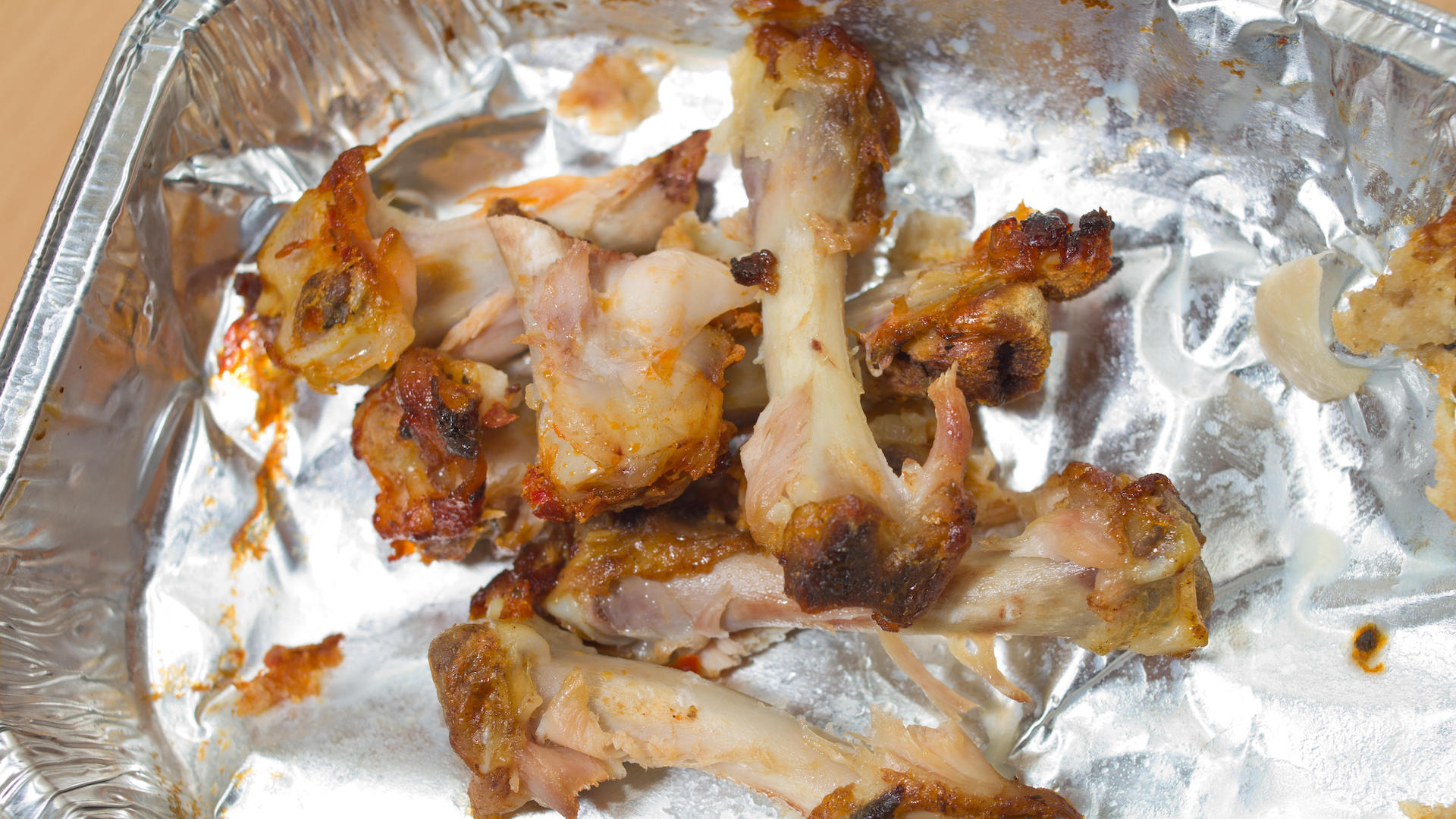
Bones seem like the most natural thing in the world to give a dog. Plus, giving a dog bones seems like a convenient way to clear up a family dinner. However, cooked bones – in particular, can easily splinter and cause intestinal damage or blockages. Not worth the risk.
6. Xylitol
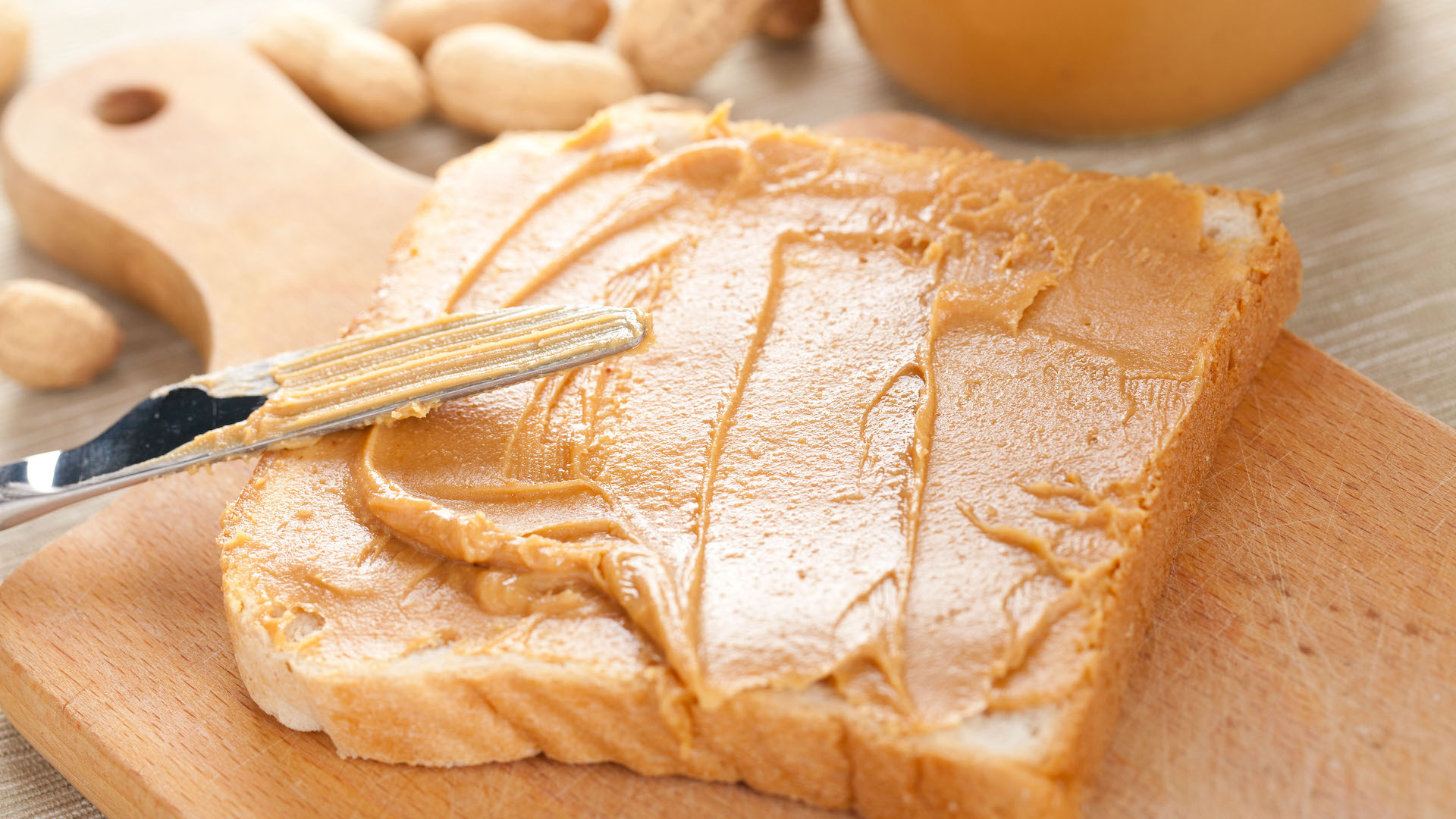
Xylitol is an artificial sweetener that is included in many foods that you might not expect, and is highly toxic to dogs. It wreaks havoc with blood sugar levels, potentially causing liver damage or failure.
Common foods and products that often contain xylitol include peanut butter, toothpaste, and many sugar-free foods.
7. String
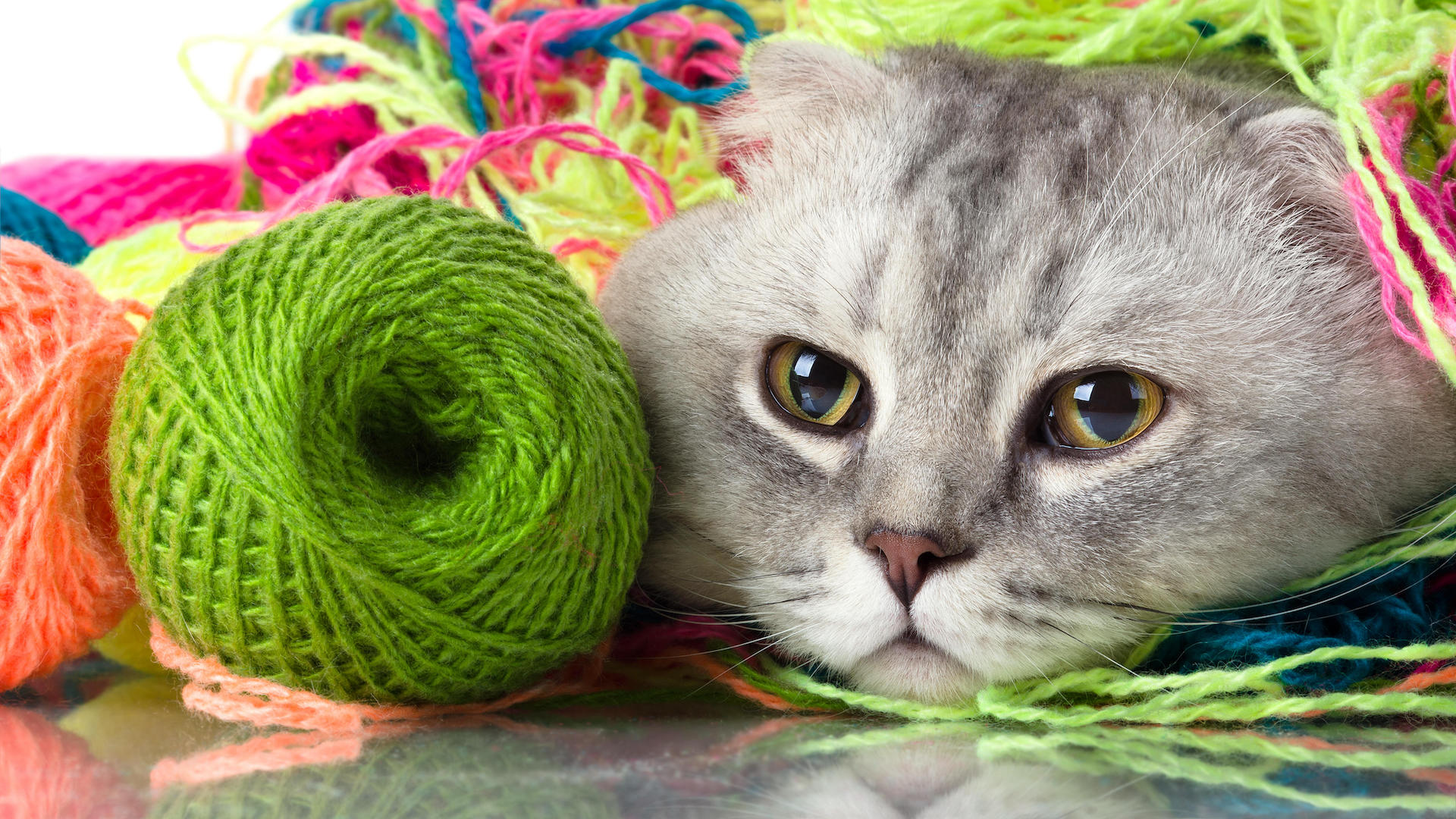
It’s the classic photo, a cute cat with a ball of wool, but in reality, this is a dangerous combo. If swallowed, a string can cause severe damage internally to any animal, in the form of obstructions or infections.
Rather than letting cats play with string, it’s best to provide a pet-safe toy for your beloved creature to play with.
8. Onions and garlic

Foods from the allium family, which include garlic, onions, chives, and leeks, are toxic to dogs and cats, even in small quantities. They can cause damage to red blood cells and potentially anemia.
Bear in mind that many casseroles, stock, and leftovers contain these ingredients, so be careful what poisonous substances you may be feeding without realizing.
9. Rat poison
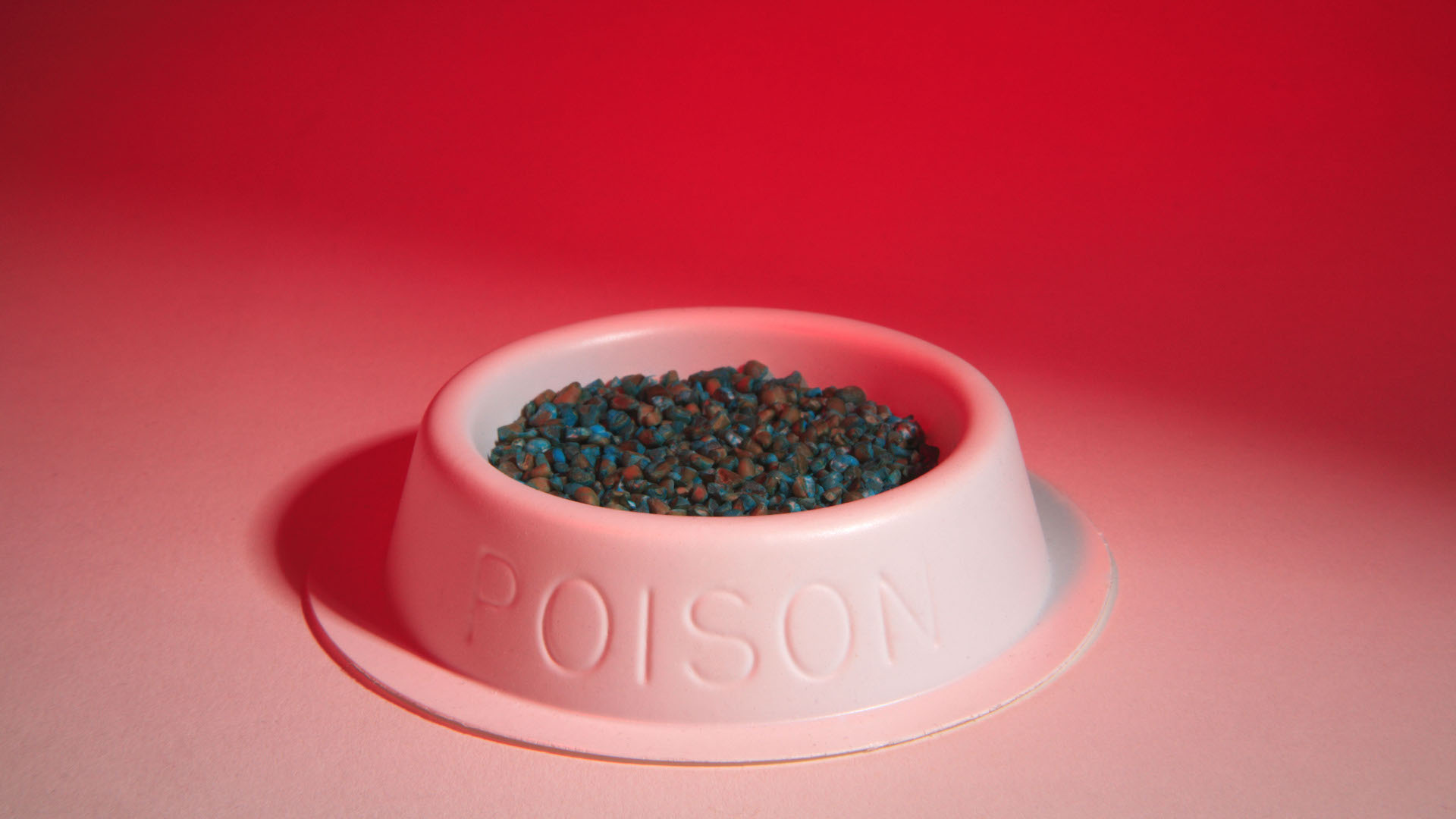
Rat poison is designed to be deadly, and unfortunately, domestic pets have been known to eat the bait, with fatal results. Rat poison often contains anticoagulants that prevent the blood from clotting normally, so the pet dies from excessive bleeding. Clinical signs typically take three days to a week to develop, by which time it may be too late for veterinary treatment.
Bear in mind that it’s not just the poison intended for the rat to worry about – ingesting tissue from a poisoned rat can also cause severe illness.
10. Plastic bags
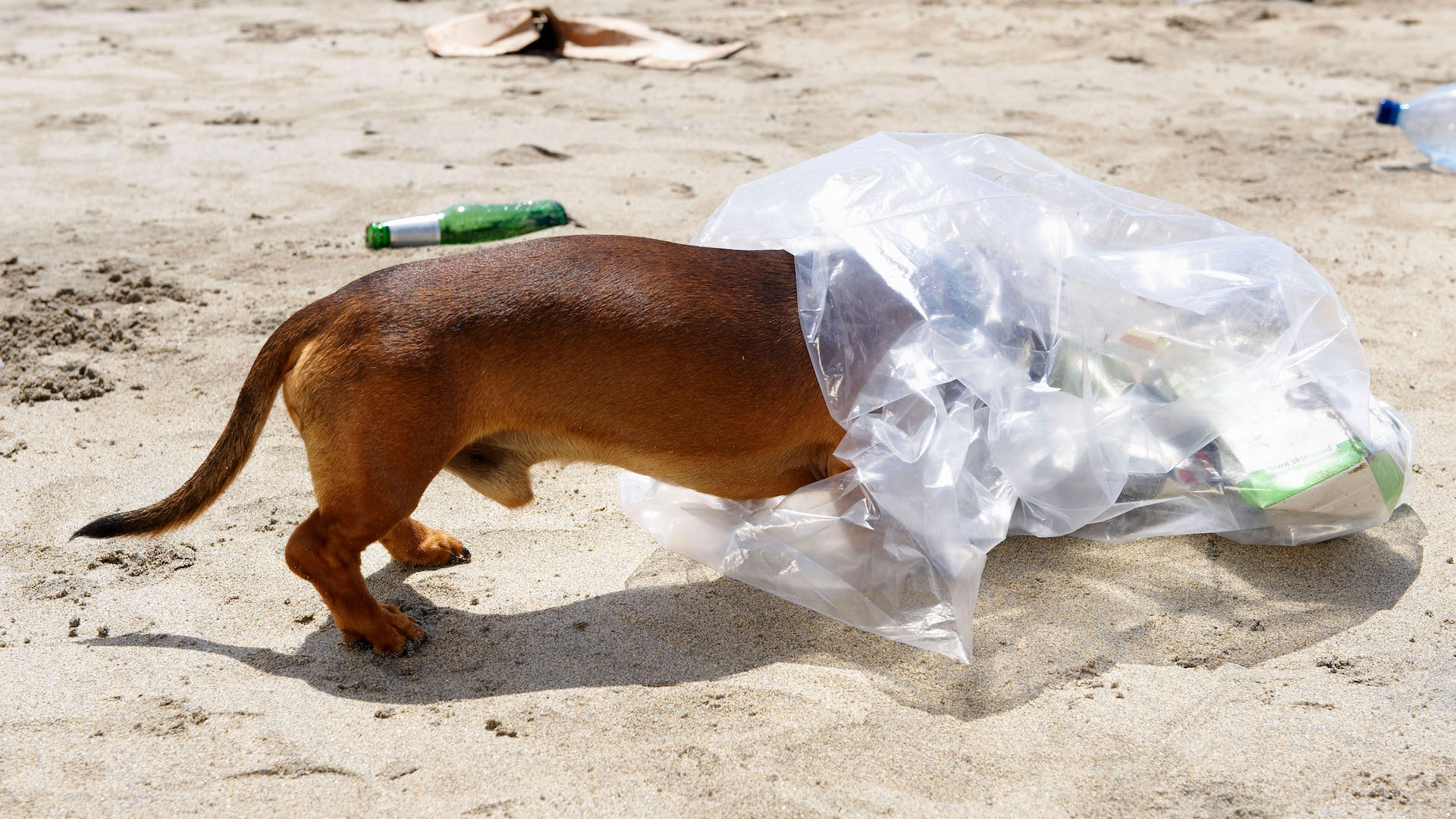
While we humans may be trying to cut down on disposable plastic, bags still proliferate in our homes. They often carry a suffocation warning on them, aimed at children, but it applies to animals too.
Often, plastic bags have been used to store food, which makes them particularly appealing for sniffing. But they can be dangerous either if the pet gets stuck in the bag and cannot breathe, or if they ingest it – which is surprisingly common.
11. Essential oils

Essential oils provide delightful scents that many people use to get rid of the smell of animal hair and dander in the home. However, not all essential oils are safe for pets. In fact, many are toxic for all sorts of pets to inhale.
Some pets, such as hamsters, have especially delicate respiratory systems, and some essential oils can simply irritate them, while others have toxic qualities. The safest solution to a fresh-smelling home is to open the windows!
12. Household cleaners
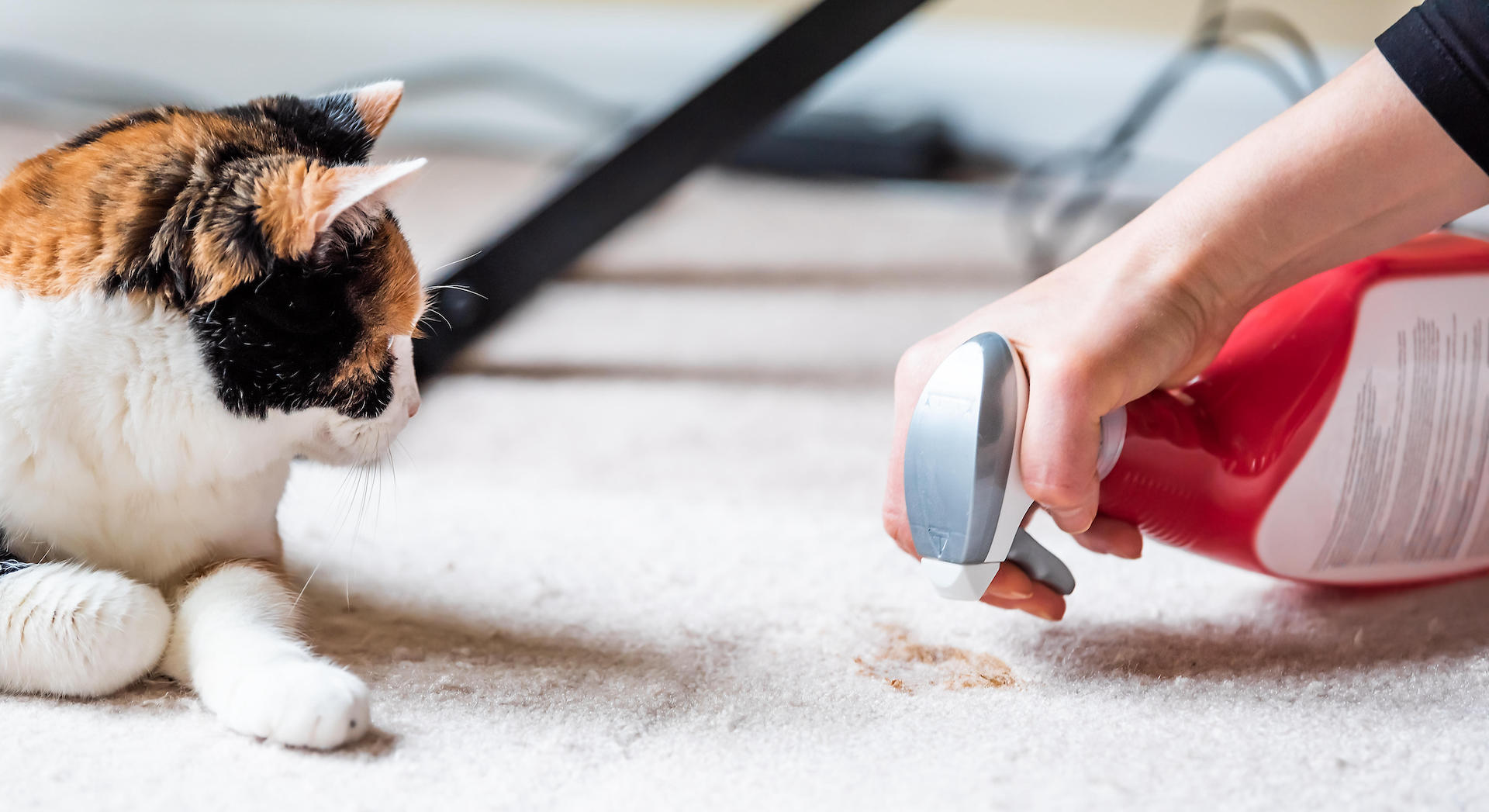
Many household cleaning products contain ingredients that are toxic to pets, so they should always be stored in a place they cannot reach. Furthermore, they may inhale fumes or lick cleaned surfaces, so pet-friendly products are recommended.
Natural products tend to be safer, such as baking soda, lemon, and vinegar.
13. Lilies
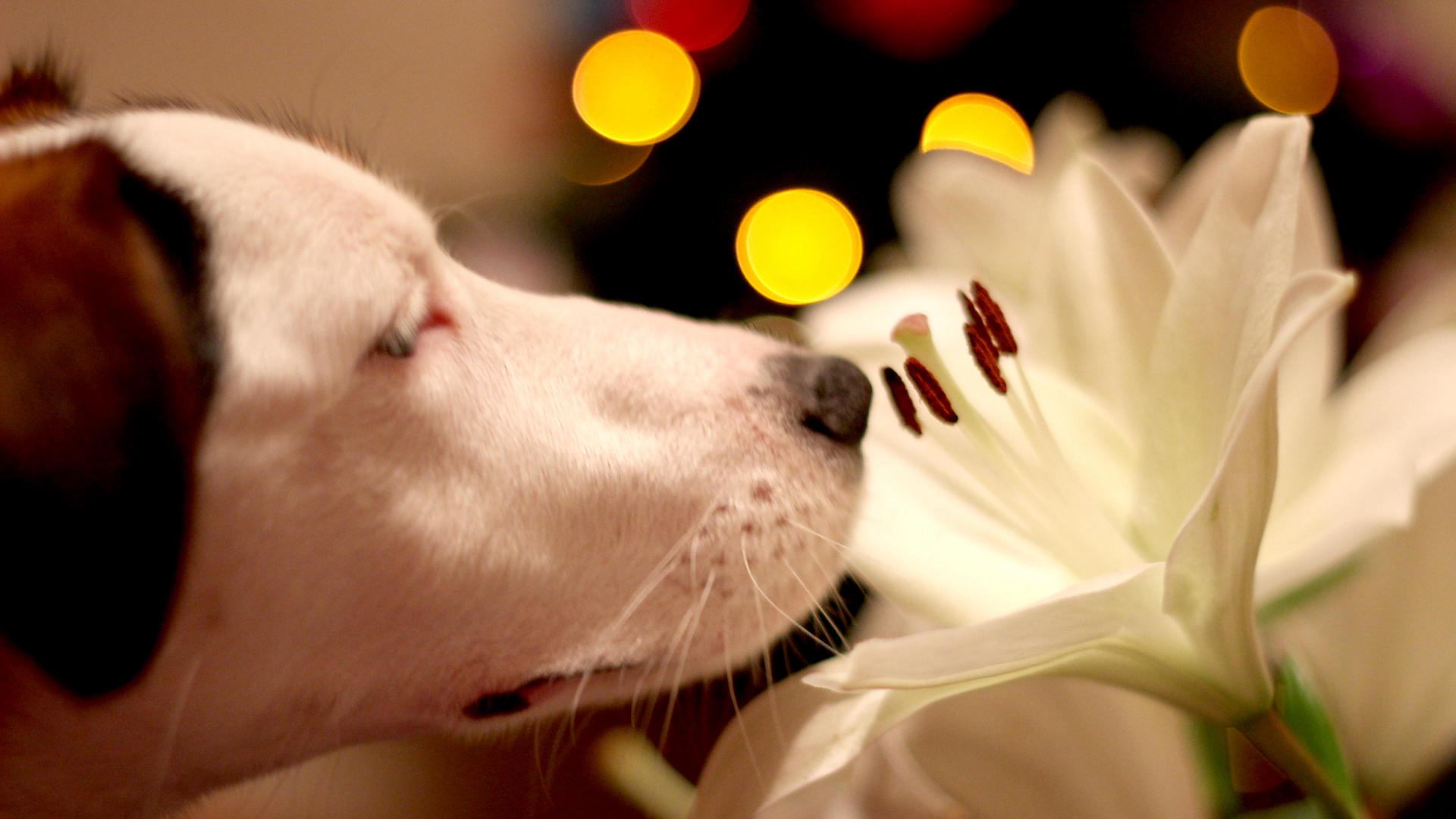
What could be wrong with a beautiful bouquet of lilies adorning our home? Plenty, it turns out, for those of us who have cats. They are toxic to other pets, too, but cats are particularly susceptible. All parts of the plant are dangerous and can lead to potentially fatal kidney damage if ingested.
Watch out especially for the pollen, because if the cat brushes against the lily, catching some pollen in its fur, which it then licks, they could ingest toxins.
Look out for symptoms such as vomiting, lethargy, dehydration, and frequent urination. Dogs may suffer gastrointestinal upset, but lilies are less toxic to them than to cats.
14. Sago palm
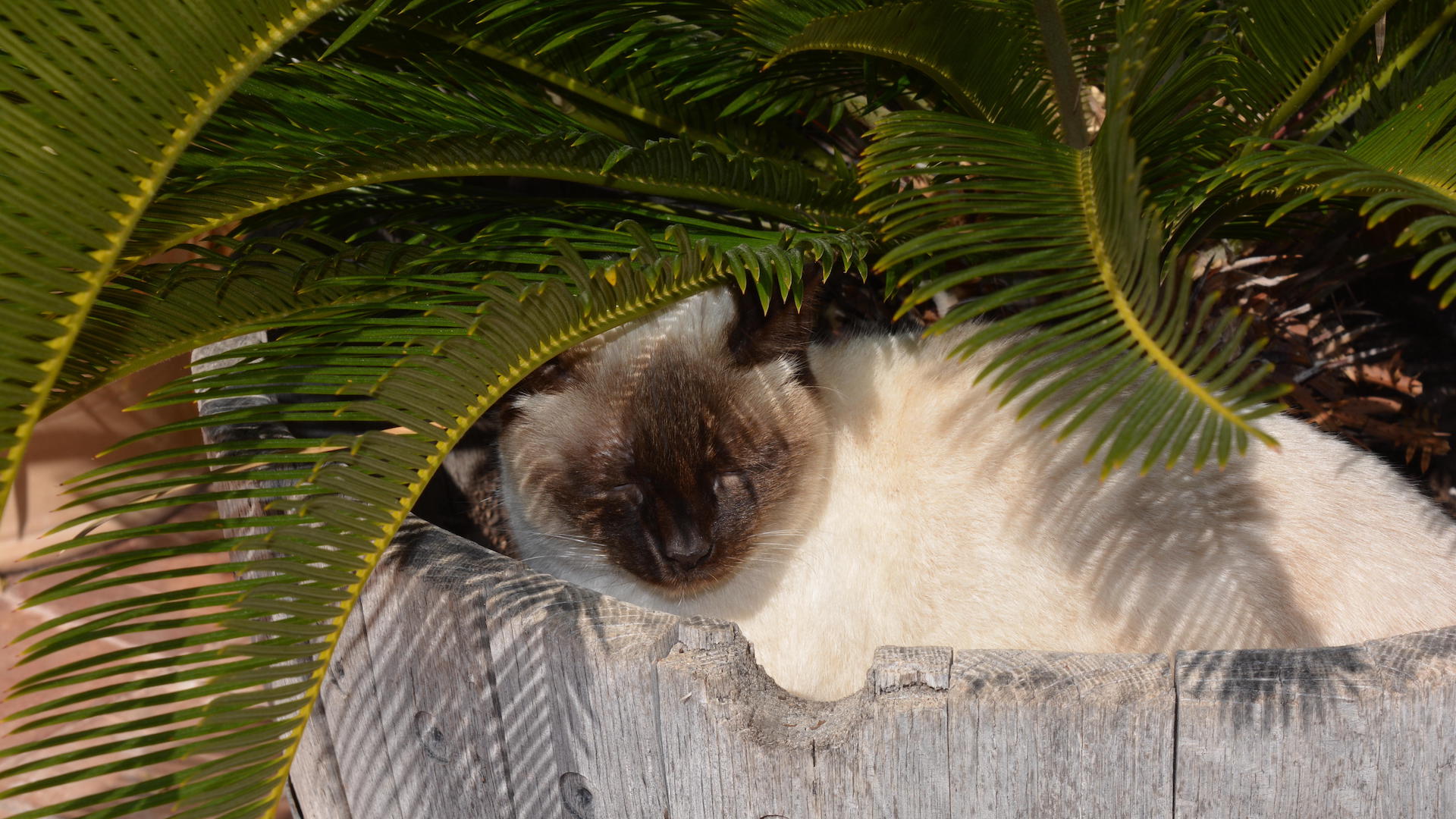
Sago palms are considered a good, low-maintenance house plant, but unfortunately, they are dangerous if you have pets – as are many other plants.
All parts of the plant are highly toxic if ingested, especially the seeds. Even one seed can prove fatal. They contain cycasin, a toxin that can cause liver failure.
15. Electric cords
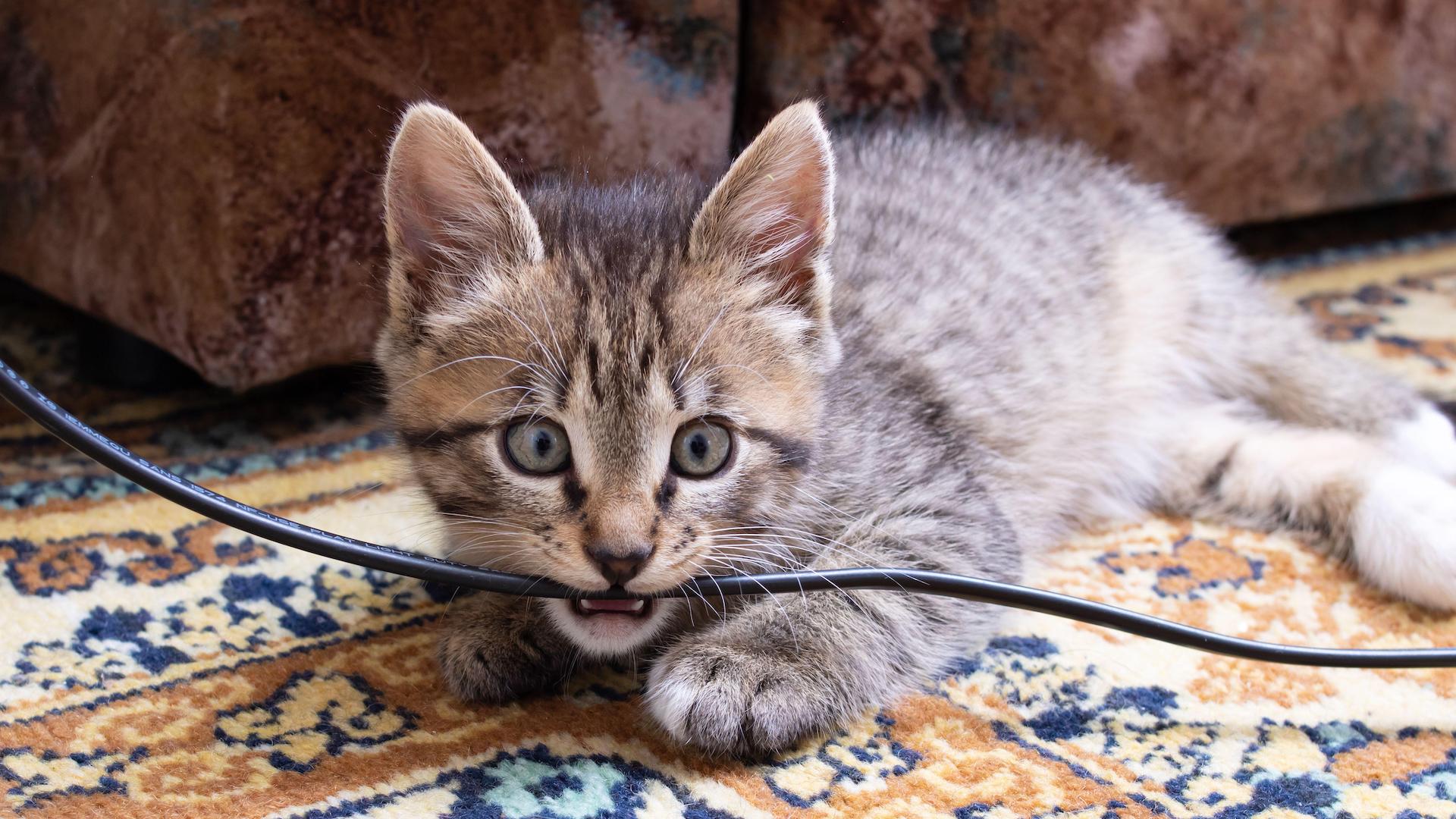
We know to keep wires and plug sockets out of reach of small children, but pets are equally likely to play with them, putting them at risk of a dangerous electric shock. Puppies have a particular penchant for chewing anything in sight when they are teething, while cats can chew nervously out of anxiety.
Monitor your pet to assess their chewing habits – it may need a variety of measures, from training to keeping the pet out of reach to spraying the wires with a pet-repellent.
16. Daffodils
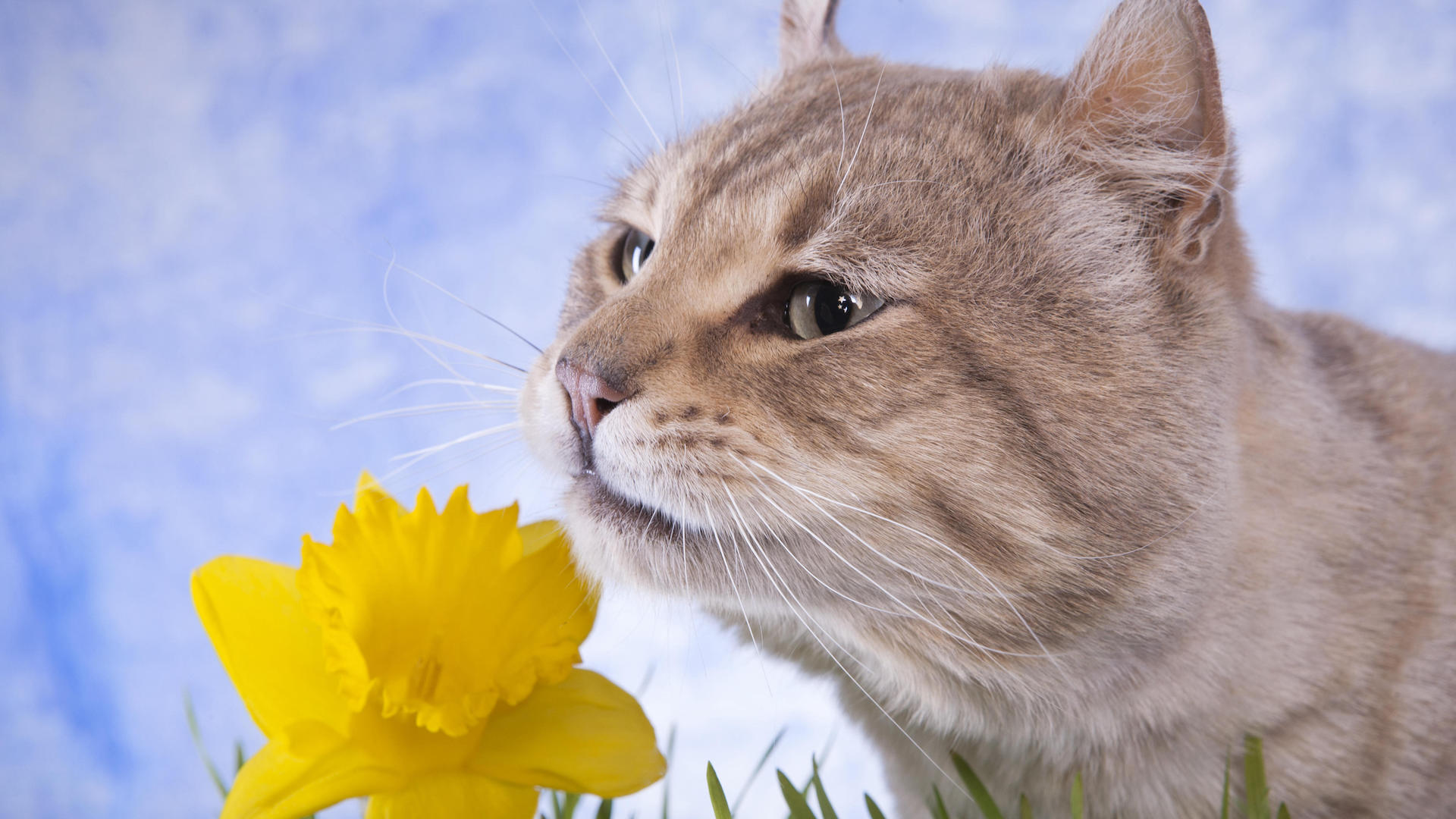
This beautiful symbol of springtime, unfortunately, contains highly toxic compounds for pets, so all varieties of the daffodil plant need to be kept well out of reach. The poisonous substance is called lycorine, which can cause gastrointestinal upset in minor cases, and seizures or even death in badly affected individuals.
The bulbs, flowers, and stems are all toxic, and even water that has contained daffodils could be dangerous.
17. Candles
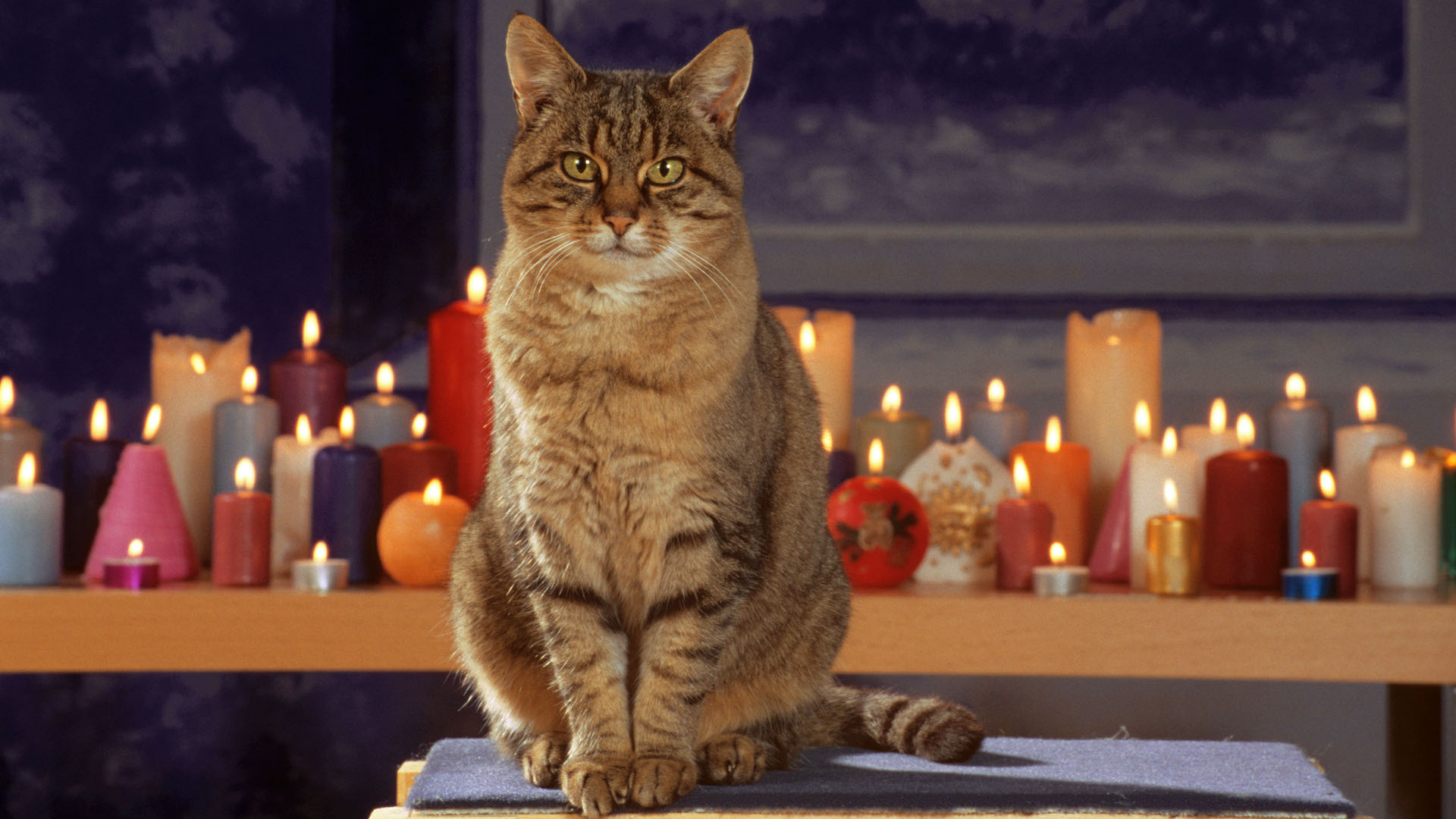
Candles often contain ingredients that are toxic to pets and are released into the air in the home when they are burned. Opt for candles made from natural products such as beeswax, which are typically safer than paraffin-based ones.
Many essential oils used in scented candles are also toxic, so always choose pet-friendly options.
18. Oleander
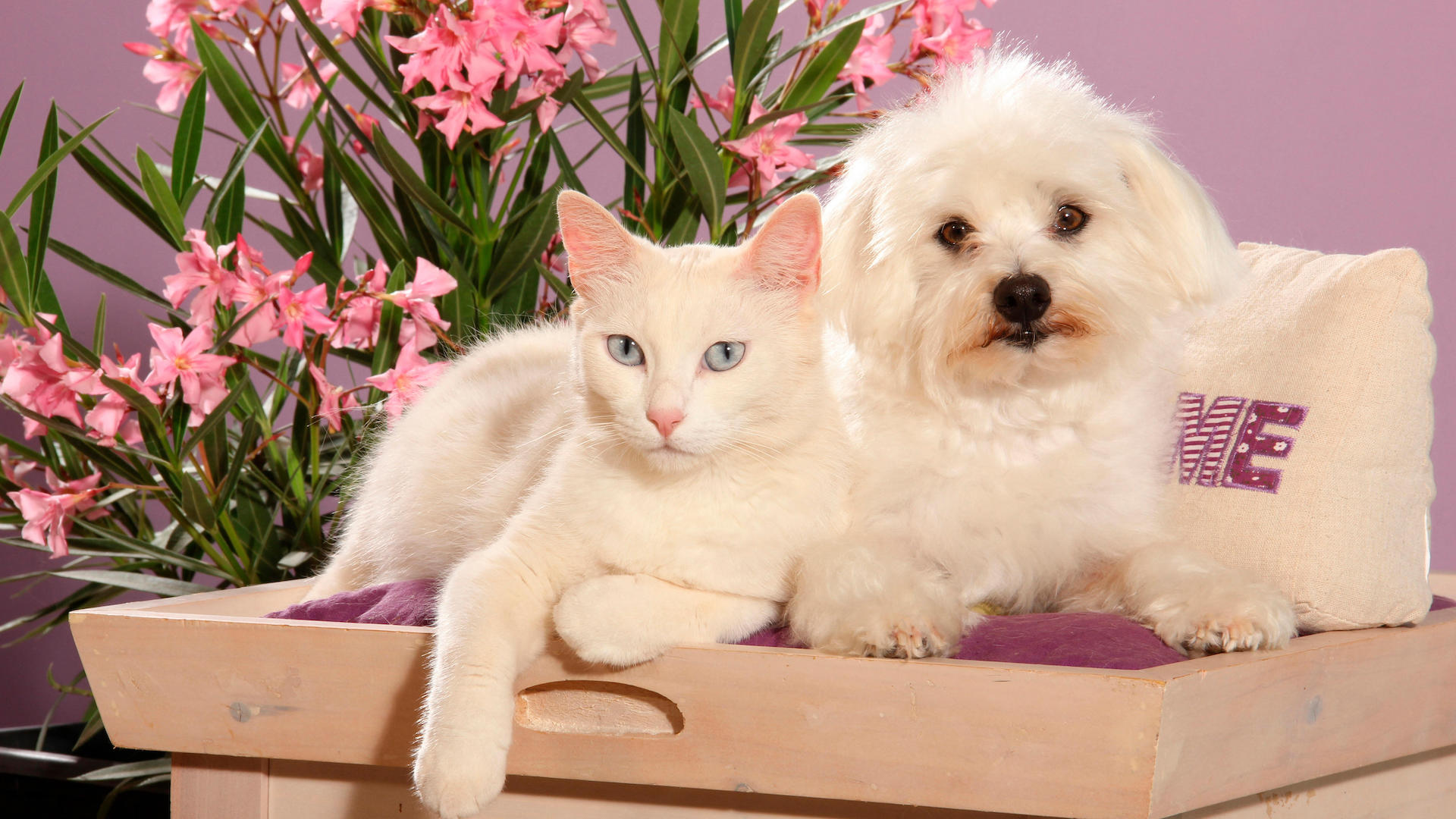
This ornamental garden plant is toxic to many pet species, including dogs, cats, horses, and rats, among others. Despite its pretty appearance, all parts of the plant contain toxic cardiac glycosides, which, when ingested, affect the electrical activity in the heart, with potentially fatal results.
19. Open windows or balconies

Very like having a small child in the home, open windows and balconies can pose a risk for your pets. Cats will often appear to dance with death while tight-rope walking a narrow balustrade, while dogs may seem to be just watching the world go by, until a bird or squirrel provokes them to jump out with little concern about their landing.
You can install pet netting to allow your animal out on balconies or on window ledges, without risking an escape.
20. Open fires
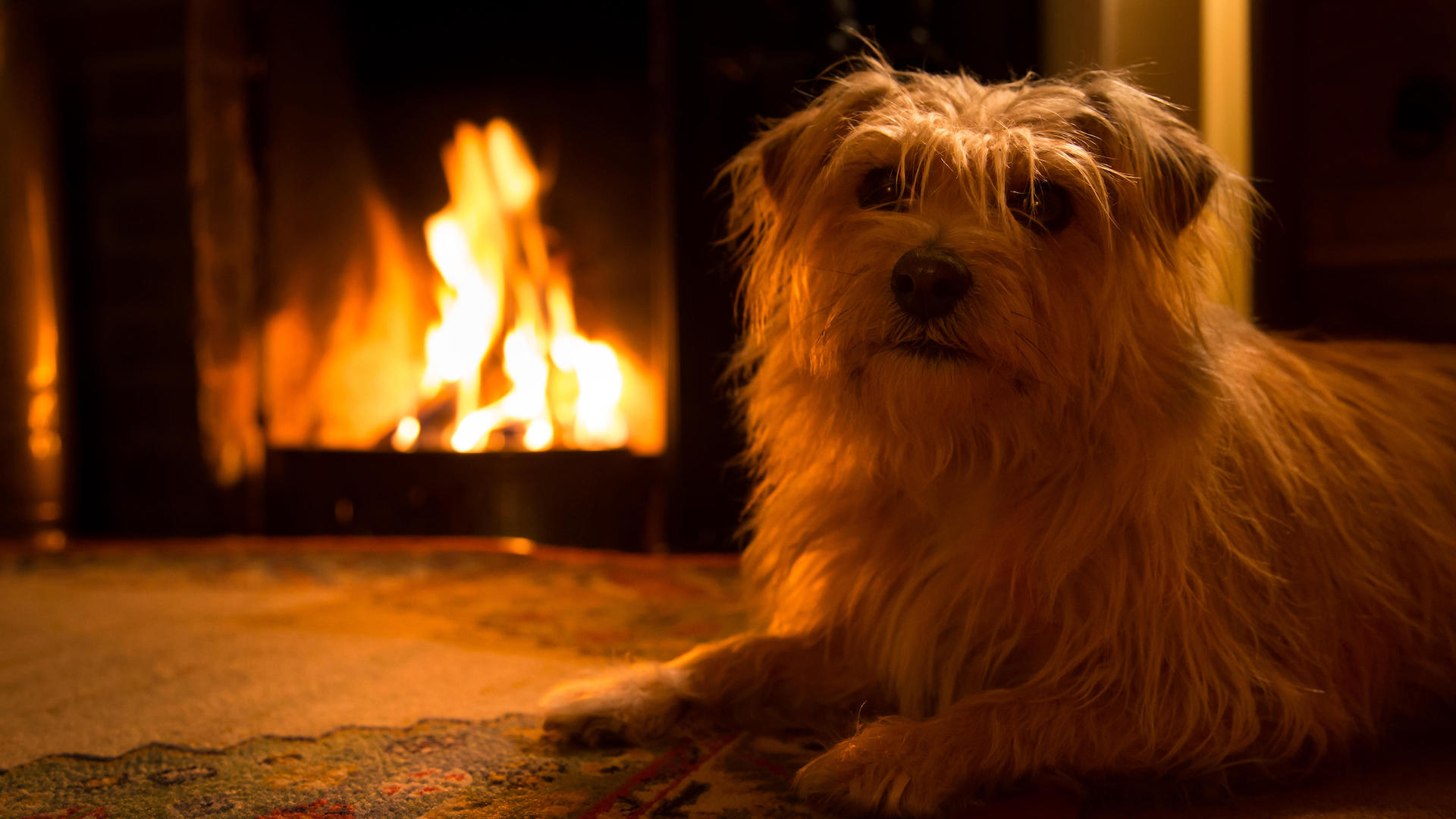
What could be more comforting than coming home from a cold, wet walk and snuggling down by the fire? But they pose many dangers, both to the dog and to the safety of the home.
A dog with a shaggy coat may not notice if a spark lands on its fur and catches fire. Some pets are fascinated by flames and decide to investigate more closely. Others are clumsy and may inadvertently knock things into the fire, causing an emergency.
Read next: 32 cat-friendly houseplants
Edited by Georgia Guerin and Alexis de Leaver.
This feature was last updated in June 2025 by Martha Terry.
Martha is an experienced journalist working in both print and digital media. She specializes in the canine, equine and rural sphere where she has covered a wide range of topics from cloning animals and the ingredients for a perfect yard dog, to helping owners find the best canine GPS trackers on the market. When she’s not busy writing about dogs and horses, she’ll be found either aboard a horse or looking after the menagerie of pets in her care.
